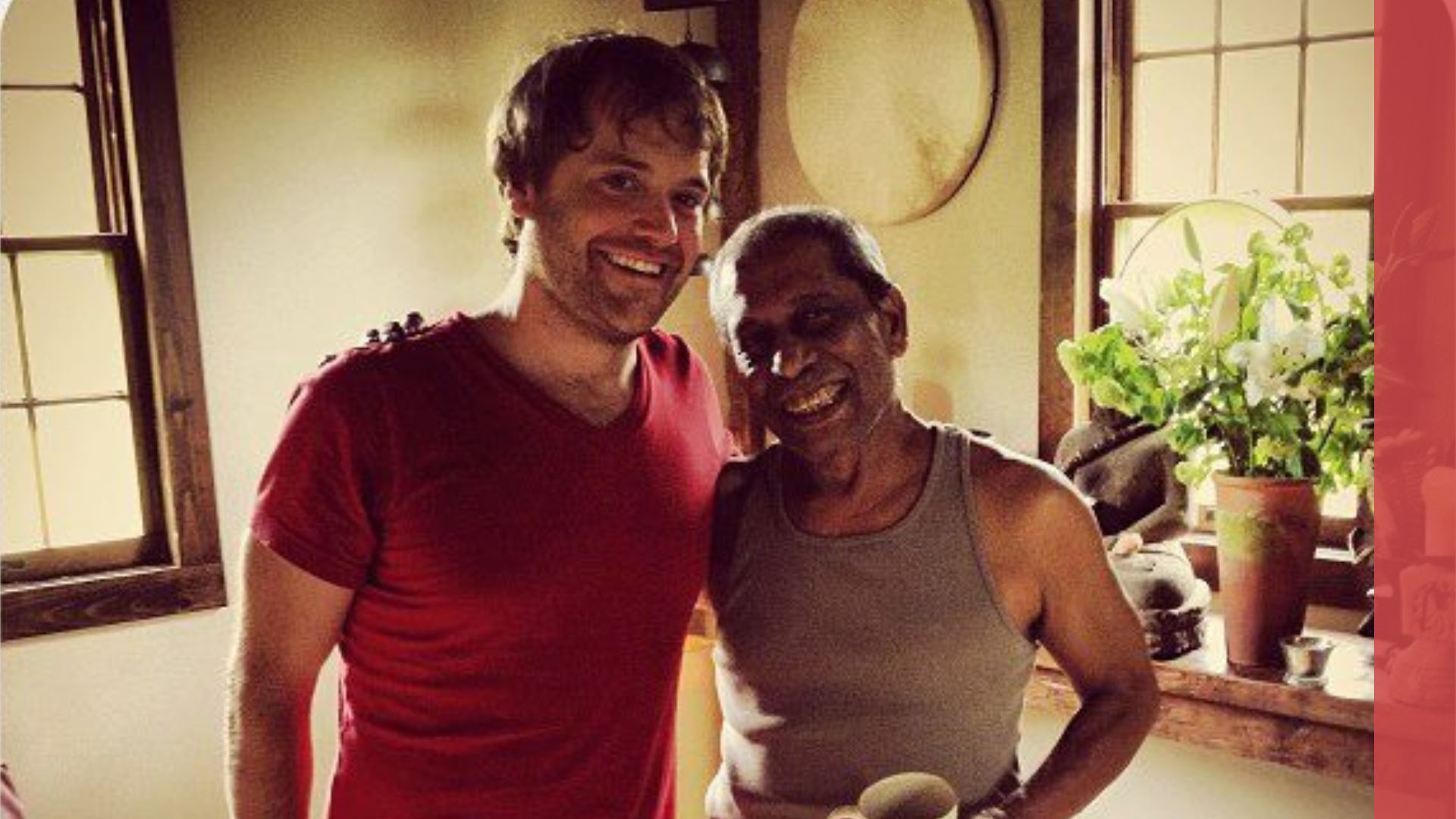I started practicing Ashtanga Yoga in 2007 at Wendy Green Yoga in Avon, New Jersey.
I don’t know why I chose to walk into that studio but I would ride my bike or drive past it several times a week and say to myself “I should do yoga”.
After about a year of doing this, I finally took the plunge and decided to take a class.
Little did I know this action would be so transformative.
Ashtanga Yoga is different than most modern yoga styles in that there is a set sequence of postures and, traditionally, you practice on your own under the supervision of a dedicated teacher. It’s a very individualized way of practicing versus your typical vinyasa flow power hour.
As you progress and master the primary series you are immediately met with more challenging sequences which continue until you hit your own physical, mental and spiritual limits. These sequences can take years or decades to master, if ever.
The Ashtanga Yoga System is often referred to as “Yoga for Type A Personalities” but the real purpose is to repeatedly dissolve one’s ego as a means of spiritual awakening.
I should probably also mention that it needs to be practiced 6 days a week at 6AM because, why not?
Loving a challenge, I signed up for an unlimited membership, bought myself a copy of David Swenson’s Ashtanga Yoga: The Practice Manual and jumped in head first.
Most mornings except for Saturday, the Ashtangi’s day of rest, I would set an alarm and ride my bike to the yoga studio to get on my mat for 90 minutes to practice.
Simultaneous to the rigorous practice, I started to give myself an education on yoga philosophy via Patanjali’s Yoga Sutras, The Hathaway Yoga Pradipika, Yoga Mala by Pattabhi Jois, Heaven Lies Within Us by Theos Bernard, and other “classic” texts.
I was all in.
After about 2 years, I really saw a transformative change in my mind, body and spirit. I was committed to the practice and as a result, I felt less angry and more connected with myself and those around me.
I was compelled to share this with others and decided that I should probably become a yoga teacher.
My original teacher had moved to Central America at this point but we were still in contact so I reached out for some advice on how to best become a yoga teacher. I laid out my case as to why I thought it would be a good idea, what I had learned, but mainly I was looking for recommendations on what sort of teacher training program I should enlist in.
Her response, and I paraphrase, was “Don’t worry about teaching, for now, just focus on being a student”.
I have to admit, I was a bit shocked at this advice, perhaps even a little disappointed.
At the time, it seemed like every 21 year old who wasn’t sure what they wanted to do with their life would go to Costa Rica for a 2 week training and come back a certified yoga teacher.
I had spent years of practice and study and was told that I still needed to be a student.
Are you serious?
I did trust my teacher so I shelved my noble ambitions and just continued to get on my mat and do the work.
A few more years went by and I was still practicing, this time at a different studio in Asbury Park. The lady who ran the studio would pretty regularly ask me to sub or even pick up a class on the schedule. I was extremely resistant to the idea, after all, I was doing my best to embrace being a student.
After about a year of her browbeating, I admitted that I had never taken a training and don’t think I would know how to do it.
Her response — “You don’t need a training - you’re far more ready than most other teachers. Your practice is your training.”
I took in what she said, and ultimately decided to pick up a class on the schedule. I was extremely nervous at first but once I settled in, I really enjoyed working with students and found that it provided another avenue for me to grow and deepen my own practice.
That studio did ultimately close — suburban yoga studios are not a very profitable business model — but I continued to practice and teach at other spaces — upwards of 5 classes per week, right up until the pandemic.
I also eventually did enroll in an “advanced” teacher training with 2 teachers I highly respected and was eager to learn from.
While life has pulled me in a few new directions and I am not currently teaching, I actively practice under another of my long term teachers and I have enjoyed continuing my role as a student.
So what are my takeaways?
-
There are many ways to learn but nothing beats committing to consistent practice to refine your craft.
-
Find a mentor or someone who has previously walked a similar path and heed their advice — they probably know more than you realize. Cherish your time with them.
-
To be a teacher is a fundamental part of the learning process but it doesn’t mean you are an expert. Certifications are typically just pieces of paper for the ego.
